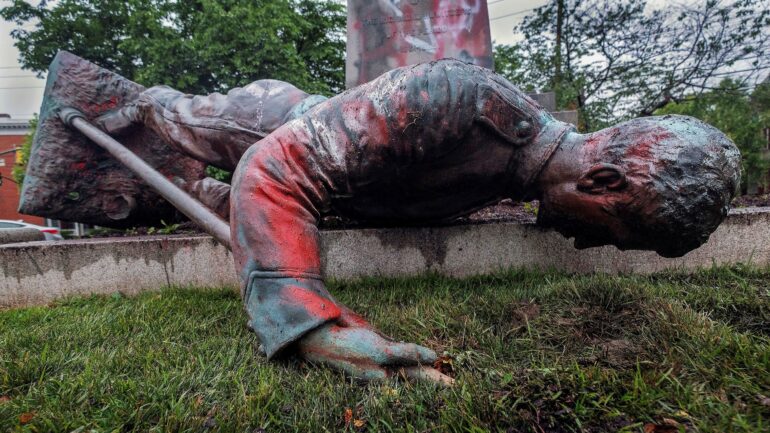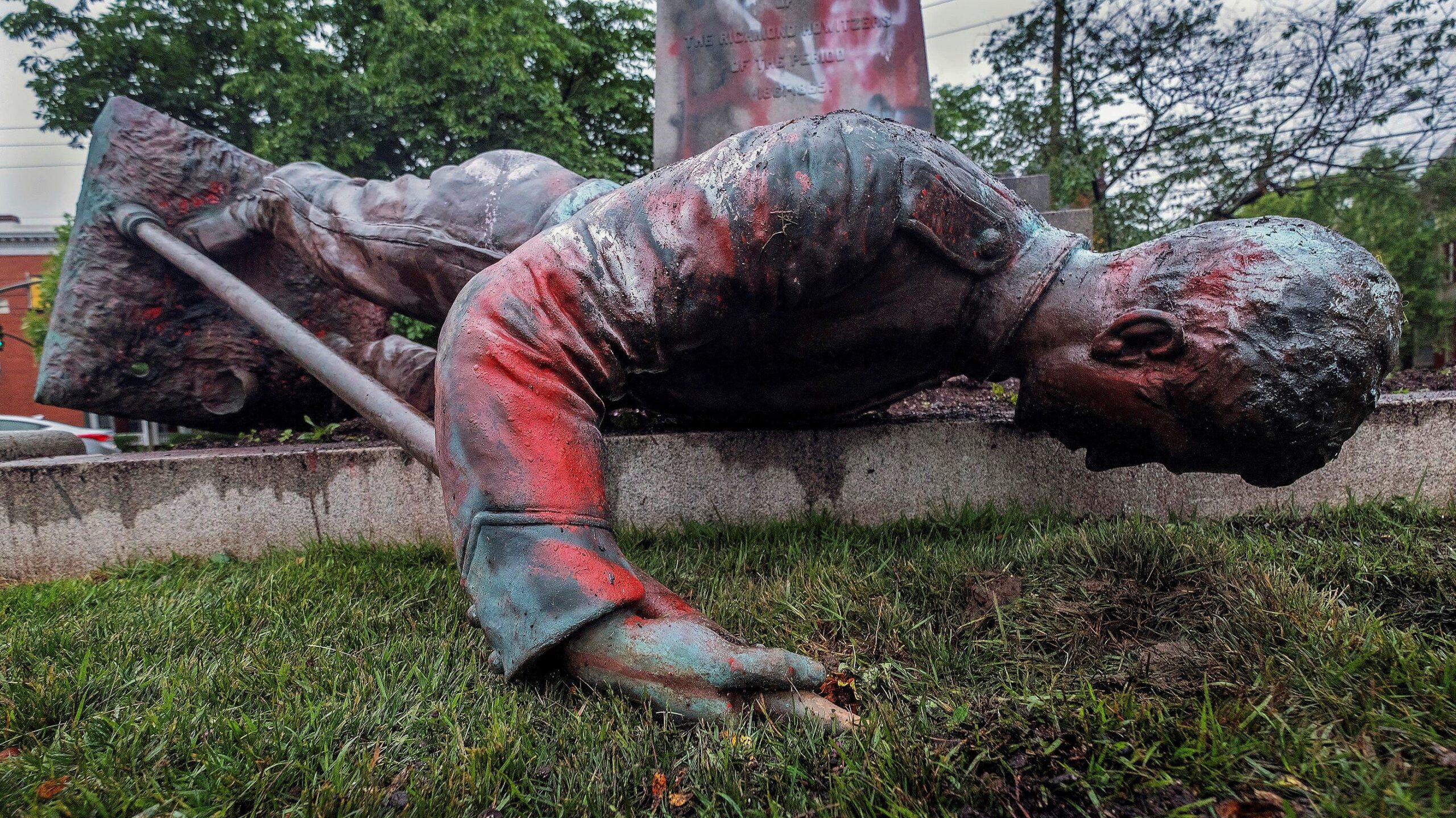
Neil Gonputh
America is going through a cultural revolution and statues and monuments, the symbols of the past, are the targets of that change.
Since the death of George Floyd at the hands of police on May 25 in Minneapolis, Minn., protesters have been removing statues that glorified the Confederates, those in the American Civil War that wanted slavery to continue.
This has prompted some cities and states to remove these symbols, in addition to those being torn down by the protesters.
In response, on July 3, at the base of Mount Rushmore, President Donald Trump gave an inflammatory speech condemning protesters.
“Angry mobs are trying to tear down statues of our founders, deface our most sacred memorials, and unleash a wave of violent crime in our cities,” he said. “The American people are strong and proud and they will not allow our country and all of its values, history and culture to be taken from them.”
Rob Goodman, professor of political science at Ryerson University who specializes in American politics, said many of the statues being torn down were put up to commemorate white supremacy and the Confederacy, which supported slavery and white supremacy.
He also said many of these statues were put up more recently, in the 1960s.

Daniel McNeil, a Carleton University professor of history and cultural studies, including Africana studies, multiculturalism and race relations, shares these views.
“A lot of these statues were erected when there was an attempt to heighten and reinforce white supremacy at the start of the 20th Century,” he said. “So it was 20, 30, 40 years after the end of the civil war.
“It was a deliberate attempt to not so much honour soldiers but to instil and reinforce a sense of white supremacy in these spaces,” McNeil said.

As these statues continue to be brought down there may be hints of retaliation.
On the July 4, the day Americans celebrate their independence from Britain, a statue of Frederick Douglass was torn down.
Douglass was an abolitionist and former slave who escaped slavery from Maryland. A statue of him in Rochester, N.Y., was torn down on the anniversary of his famous “What to the Slave is the Fourth of July?”, which he delivered on July 5, 1852.
The cultural war between those who want to keep the statues and those who believe should be removed is escalating.
On July 5, several armed and predominantly black protesters marched through Stone Mountain Park, near Atlanta, calling for its removal.

Stone Mountain Park is home to a massive sculpture depicting General Robert E. Lee, Confederate President Jefferson Davis and General Thomas J. “Stonewall” Jackson.
Considered the largest Confederate monument in the country, it towers 400 feet above the ground, measures 90 by 190 feet, and is recessed 42 feet into the mountain. It was where the Ku Klux Klan was “reborn” in 1915.
More statues are scheduled to come down legally and more continue to be found toppled by protesters.

